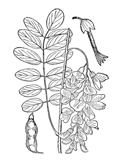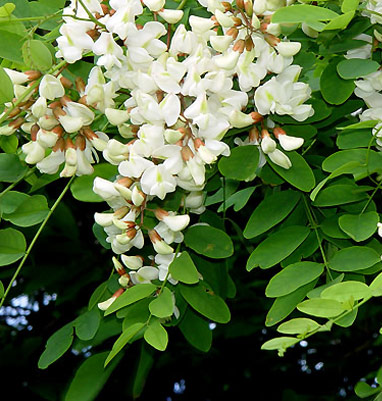
acacia
Robinia pseudoacacia
Produced in May in almost all hilly areas in Italy. The Prealps can however be considered the most typical area of origin.
Colour very clear, one of the clearest
Crystallisation basically not existent
Aroma very light and delicate; reminds of candy and vanilla
Taste very delicate; lightly reminds of the scent of the flowers, vanilla
Use used as a natural sweetener in all drinks from coffee to teas and also in natural yoghurt. Interesting in combination with blue cheese like gorgonzola. This provides an agreeable contrast between sweet and spicy.
Natural characteristics of the plant cortex has emetic characteristics, the leaves stimulating and emetic; the blossoms laxative and antispasmodic.
Available amounts 40g - 250g - 400g - 1000g
|
 |



